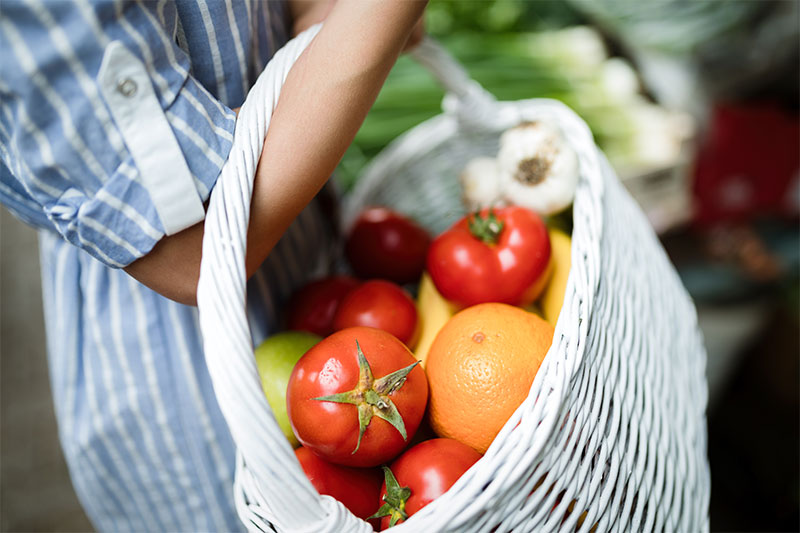How to reduce food waste among consumers
In Canada, almost 40% of food produced for consumption is wasted, totaling losses of $27 billion per year and resulting in negative impacts on the environment (increased greenhouse gas emissions, overuse of resources, etc.).
Food waste occurs throughout the food chain: at the food harvest, transportation, production, groceries and up to our homes. As a consumer, we can make a difference, so here are some tips to reduce the amount of food thrown away.
A few tricks to make less waste
First, try to plan your meals for the week. You can do this by first making an inventory of ingredients in your pantry, fridge and freezer. Then you can make a grocery list for the missing foods by trying to respect it as much as possible. At the grocery store, buy the amount of food you need and if you buy more than the amount you need for your recipes, don’t hesitate to freeze them to extend their lifespan.
When returning from the grocery store, rotate food in your fridge and pantry by highlighting foods that need to be eaten more quickly. In addition, you can give a second life to your faded food. For example, vegetables can be used in soups, fruits in smoothies or muffins and herbs in pesto or herb butter to garnish your dishes with vegetables, meat or fish.
Reducing the amount of food thrown in the trash will not only reduce your grocery bill, but you will also help save the planet!




